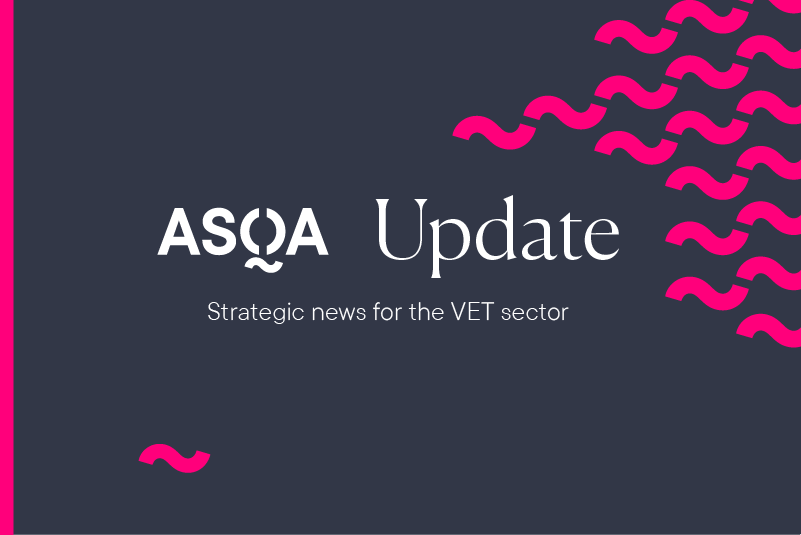The latest Bureau of Health Information (BHI) Healthcare Quarterly Report – October to December 2023 shows public hospitals in Murrumbidgee Local Health District (MLHD) have continued to perform more planned surgeries and to deliver high quality, timely emergency care to the community.
MLHD Chief Executive Ms Jill Ludford has thanked staff for their hard work throughout the period, with improvements in planned surgery wait times and excellent results in several emergency department (ED) key performance indicators, despite high demand for emergency care.
“Our District continues to work hard to ensure patients receive their planned surgery as soon as possible, after non-urgent procedures were temporarily postponed during the COVID pandemic,” Ms Ludford said.
There were 2,222 planned surgeries performed in MLHD hospitals in the October to December 2023 quarter, which is an increase of 14.8 per cent, or 286 more procedures, compared with the same quarter in 2022.
All urgent planned surgeries (100 per cent) were performed on time.
“Our surgical recovery plan has resulted in a substantial reduction in the number of patients waiting longer than recommended for their planned surgery, down from 788 at the end of December 2022, to 92 at the end of December 2023, which is a reduction of nearly 88.3 per cent,” Ms Ludford said.
“I would like to acknowledge the extraordinary effort of our surgical teams and thank our patients for their patience during this challenging time.
“Patients who are waiting for planned surgery who feel their condition may have changed are encouraged to contact their treating doctor who can review their condition and place them in a higher urgency category if appropriate.”
During the final quarter of 2023 there were 41,706 attendances to MLHD emergency departments, an increase of 4.5 per cent, or 1,812 more attendances, compared with the same quarter in 2022.
The increase in presentations was seen primarily in triage category 2 (emergency), up 8.4 per cent or 279 presentations, and triage category 3 (urgent), up 8.4 per cent or 1,089 presentations compared with the same quarter in 2022.
Despite this high demand, the vast majority of patients (85 per cent) started their treatment on time, which is better than the NSW average (68.3 per cent) and the best result in the state. Most patients (75.1 per cent) were able to leave the ED within four hours of arriving, also better than the state average (58.1 per cent).
Almost nine in 10 patients (87.4 per cent) were transferred from paramedics to ED staff within the 30-minute benchmark time – also significantly better than the state average (79.9 per cent).
“MLHD’s ambulance transfer of care times are once again among the best in the state for this quarter and our emergency departments continued to provide care within timeframes well above the state average,” Ms Ludford said.
“These results are a testament to the hard work of our highly skilled workforce and I commend our team for the dedication they continue to show to the patients in our care.”
All patients are seen and triaged on arrival at the ED and, as always, the most seriously unwell patients are treated first. During busy times, those with less urgent conditions can experience longer wait times when there are large numbers of seriously unwell patients being prioritised for emergency care.
MLHD continues to remind the community to support us by saving emergency departments and ambulances for saving lives. If an illness or injury is not serious or life-threatening, we encourage people to call Healthdirect Australia on 1800 022 222, for a 24-hour telephone health advice.
Individual Hospitals
Wagga Wagga Base Hospital
There were 12,290 emergency department attendances at Wagga Wagga Base Hospital in the October to December 2023 quarter, an increase of 3.7 per cent, or 440 attendances, on the same period in 2022.
More than two thirds of patients (72.9 per cent) started treatment on time – better than the average for hospitals of a similar size in NSW (64.2 per cent).
More than eight in 10 patients (82.5 per cent) were transferred from ambulance to ED staff within the 30-minute benchmark time, which is also better than the average for hospitals of a similar size in NSW (77.4 per cent).
During the October to December 2023 quarter 1,759 planned surgery procedures were performed. This was an increase of 25.2 per cent, or 354 surgeries compared with the same quarter in 2022. All urgent planned surgeries (100 per cent) were performed on time.
There were 325 babies born at Wagga Wagga Base Hospital during the quarter.
Griffith Base Hospital
There were 5,917 emergency department attendances at Griffith Base Hospital in the October to December 2023 quarter which is consistent with the same period in 2022 (5,955).
More than eight in 10 patients (83.1 per cent) started treatment on time, which is an improvement of 7.4 percentage points compared to the same quarter in 2022 and better than the average for hospitals of a similar size in NSW (70.7 per cent).
Almost all patients (95.5 per cent) were transferred from ambulance to ED staff within the 30-minute benchmark time, which is also better than the average for hospitals of a similar size in NSW (89.6 per cent).
The majority of patients (76.2 per cent) were able to leave the ED within four hours, also better than the average for hospitals of a similar size in NSW (63.2 per cent).
During the October to December 2023 quarter at Griffith Base Hospital there were 252 planned surgeries performed, with all urgent surgeries (100 per cent) performed on time.
Throughout the quarter, 123 babies were born at Griffith Base Hospital.
Deniliquin Health Service
There were 2,743 emergency department attendances at Deniliquin Hospital in the October to December 2023 quarter.
Almost all patients (95.1 per cent) started treatment on time, which is significantly better than the average for hospitals of a similar size in NSW (79.6 per cent).
More than eight in 10 patients (86.5 per cent) were able to leave the ED within four hours of arriving – also better than the average for hospitals of a similar size in NSW (79.3 per cent).
Nearly all patients (97.9 per cent) were transferred from ambulance to ED staff within the 30-minute benchmark time, also better than the average for hospitals of a similar size in NSW (94.6 per cent).
During the October to December quarter, Deniliquin Health Service completed 50 planned surgeries and 14 babies were born.
Young Health Service
There were 2,575 emergency department attendances at Young Hospital in the October to December 2023 quarter, an increase of 7.2 per cent, or 173 more attendances, compared with the same quarter in 2022.
Almost all patients (90.3 per cent) started treatment on time, which is better than the average for hospitals of a similar size in NSW (79.6 per cent).
More than nine in 10 patients (91.8 per cent) were able to leave the ED within four hours of arriving – also better than the average for hospitals of a similar size in NSW (79.3 per cent).
During the October to December 2023 quarter, Young Health Service completed 76 planned surgeries and 24 babies were born.








